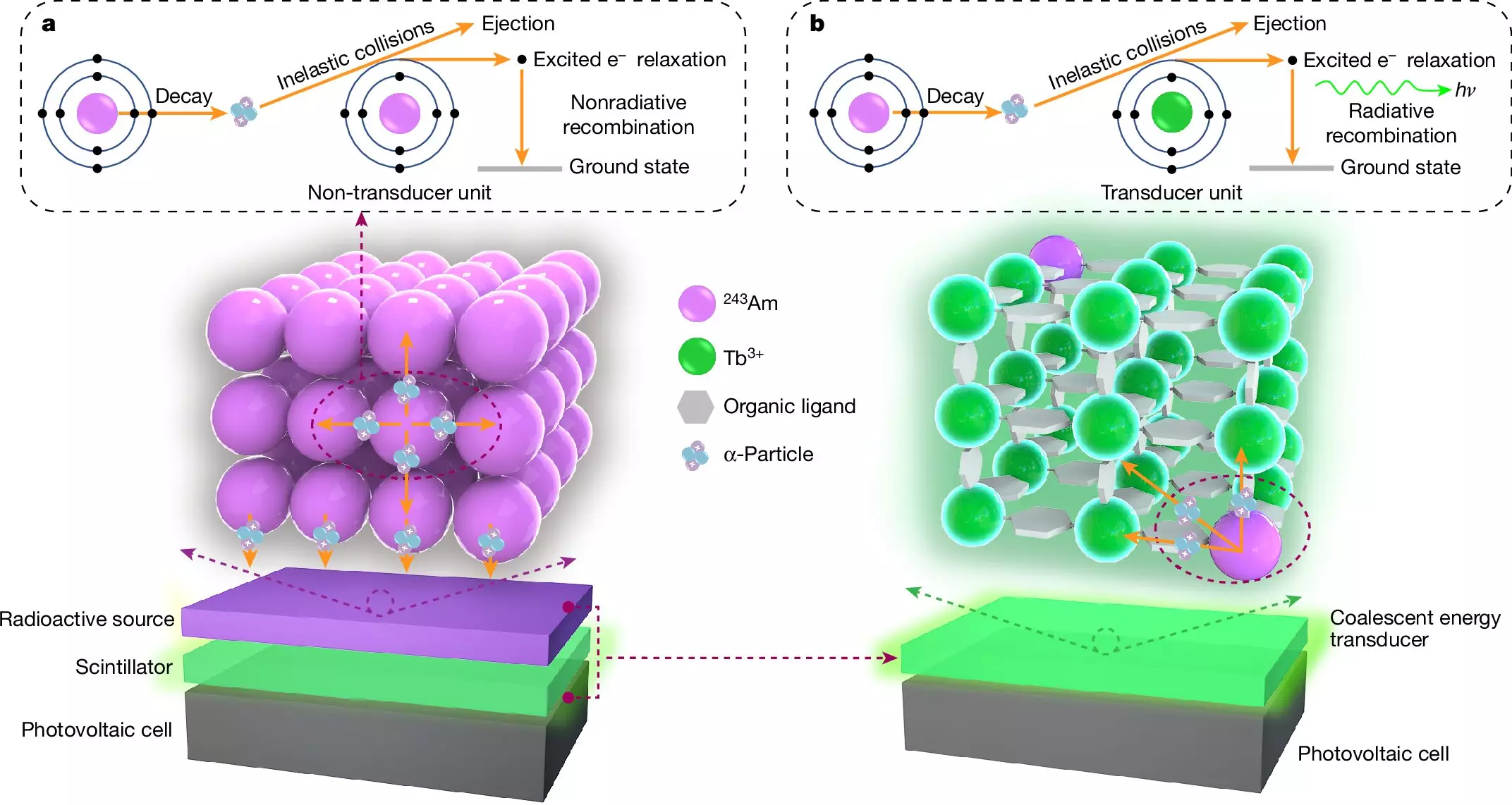A groundbreaking advancement in nuclear energy technology has emerged from a collaborative team of physicists and engineers in China. Their work has culminated in the creation of one of the smallest nuclear batteries known, boasting a remarkable efficiency increase of up to 8,000 times compared to previous models. Published in the esteemed journal Nature, this development represents a potential turning point in the quest for compact, long-lasting power sources that could feed into a myriad of devices, from everyday smartphones to advanced robotic systems.
Challenges in Nuclear Power Development
Historically, the development of miniature nuclear power sources has faced significant hurdles, primarily related to safety concerns surrounding the use of nuclear materials. As the scale of the technology shrinks, the dangers associated with nuclear power generation have posed substantial obstacles, limiting research and development efforts. Scientists have long sought methods to harness nuclear energy in small packages that minimize hazards while maximizing output. Traditional battery designs utilizing nuclear material have been impeded by their size, which limits their potential energy production and leaves them less efficient.
A Breakthrough Design
The research team’s innovative approach involves a novel design that utilizes americium—a radioactive element—as well as a unique methodology for energy conversion. By encapsulating a small quantity of americium within a crystal matrix, the team took advantage of emitted alpha particles to generate light, creating a luminous green crystal. This light is subsequently harvested by a photovoltaic cell that transforms it into usable electricity. To ensure safety from radiation exposure, the battery is securely contained within a quartz casing, addressing key concerns regarding radiation leakage.
The testing results for this nuclear battery are nothing short of promising. Researchers noted that despite the low output—estimated at such small levels that it would require about 40 billion units to power a standard 60-watt light bulb—the device could maintain its charge for decades, a feat attributed to the impressive half-life of americium at 7,380 years. However, they also caution that the longevity of the materials encasing the americium will not endure indefinitely, as radiative decay will ultimately degrade the structural integrity of the device over time.
The implications of this research extend into realms previously unconsidered. With further refinements and advancements, this miniature nuclear battery technology could enable power solutions for remote devices operating in challenging environments, such as space exploration missions where conventional power sources may fail. By allowing these devices to function autonomously for extended periods, the potential for scientific discovery and technological progression could be profoundly enhanced.
The development of ultra-compact nuclear batteries is a significant leap forward, promising a new era of energy solutions. As we face the ongoing challenges of energy sustainability and efficiency, such inventions may provide the power needed to not only support everyday technology but to also propel humanity into the next frontier of exploration and innovation.


Leave a Reply